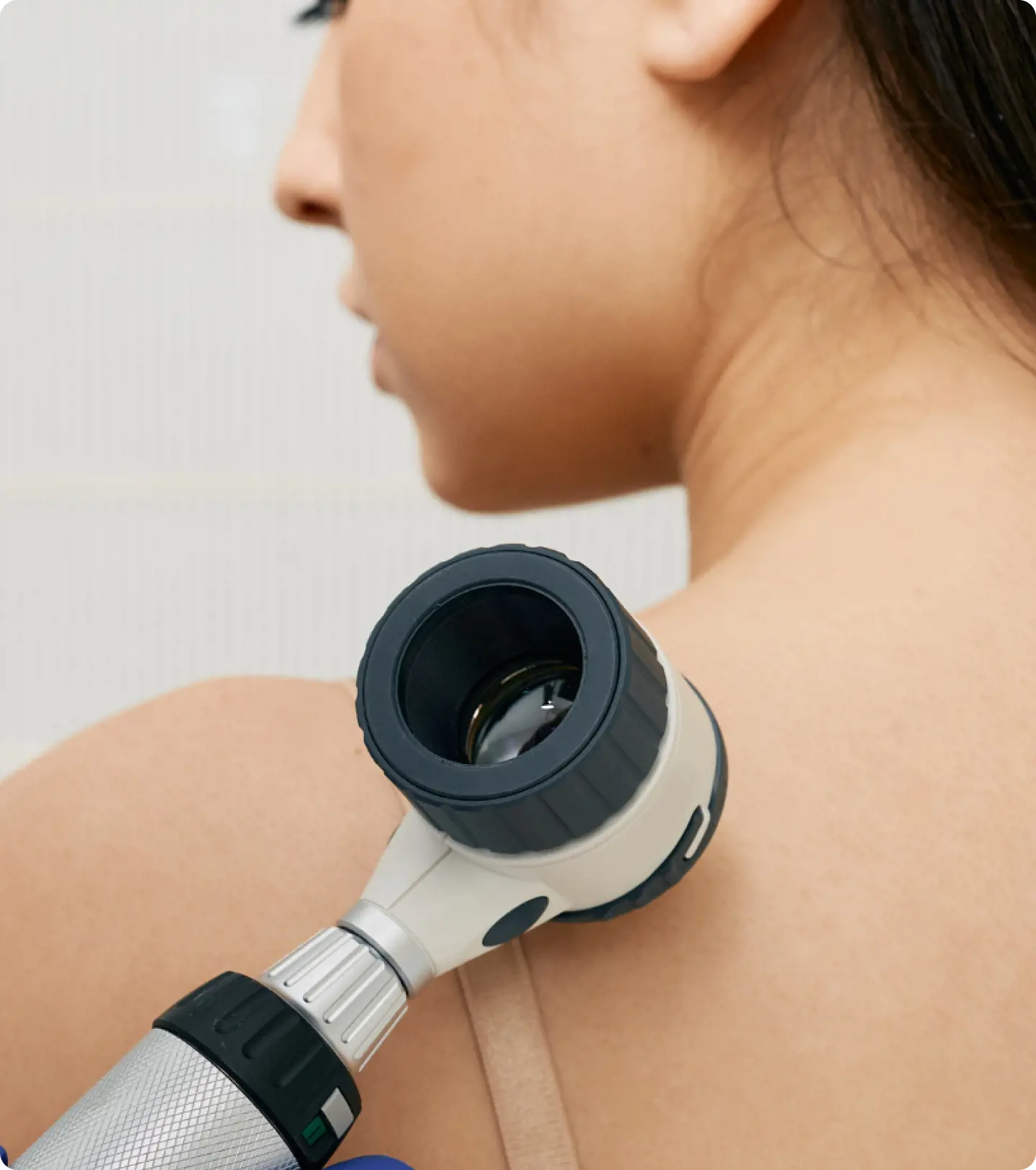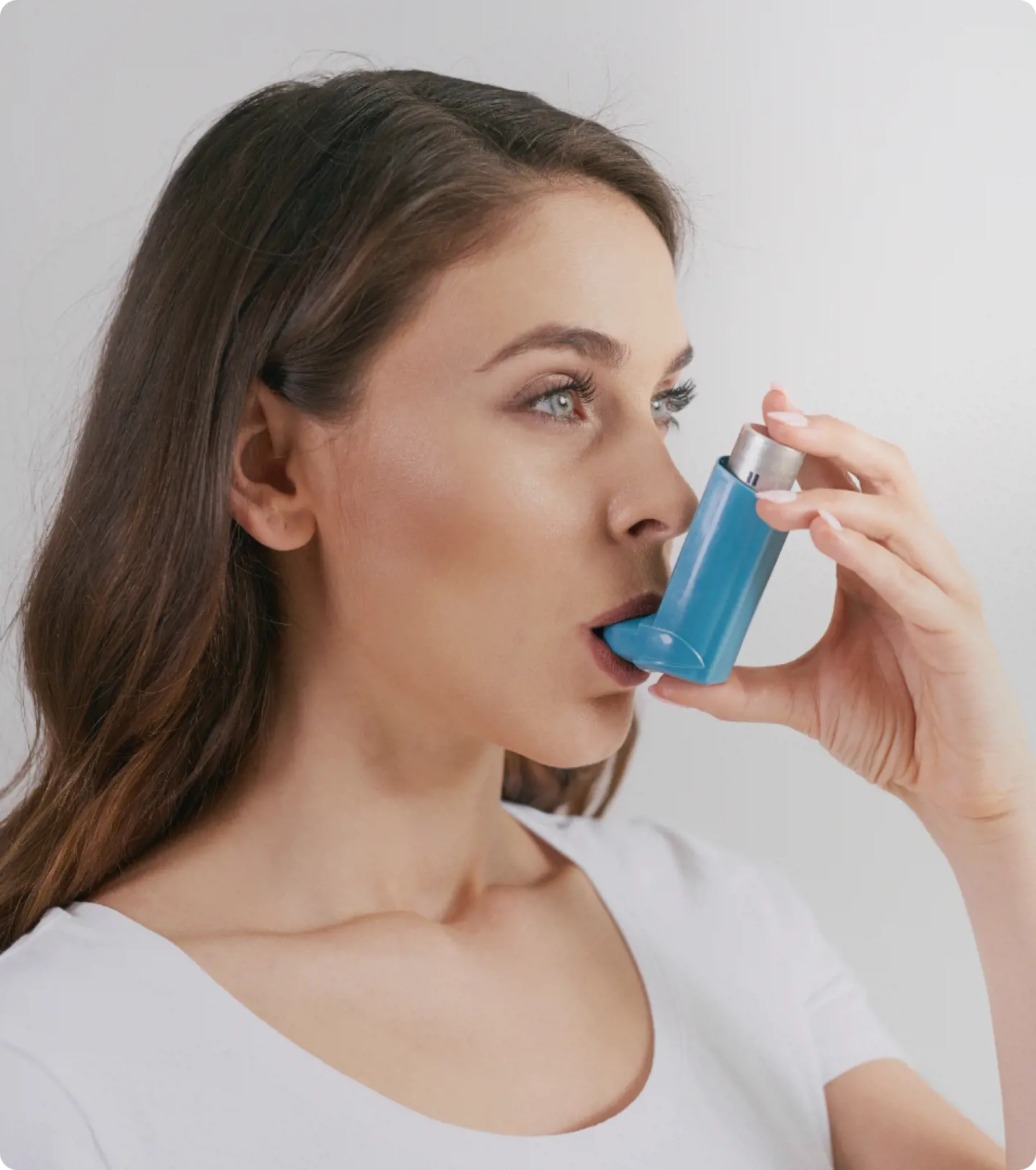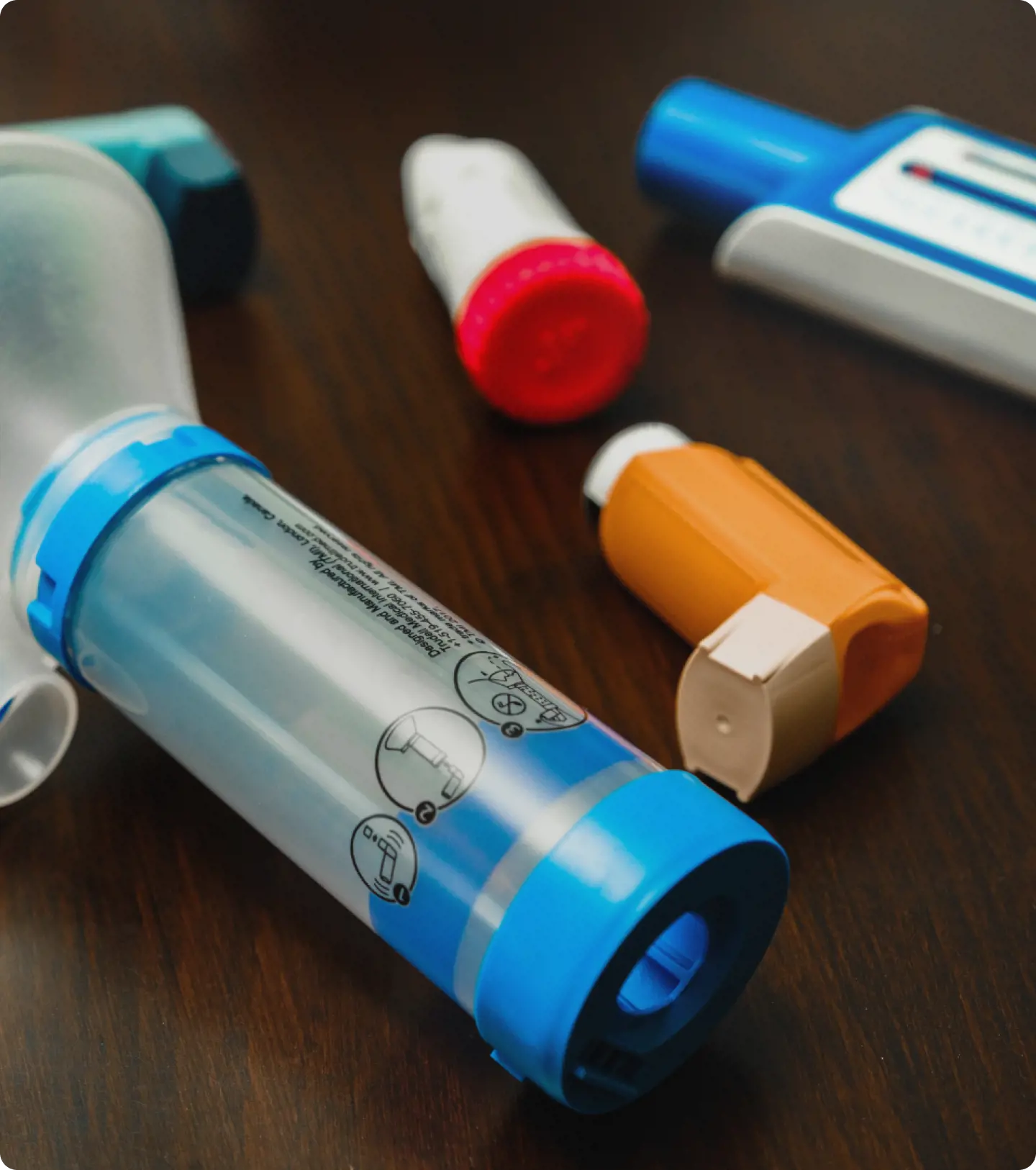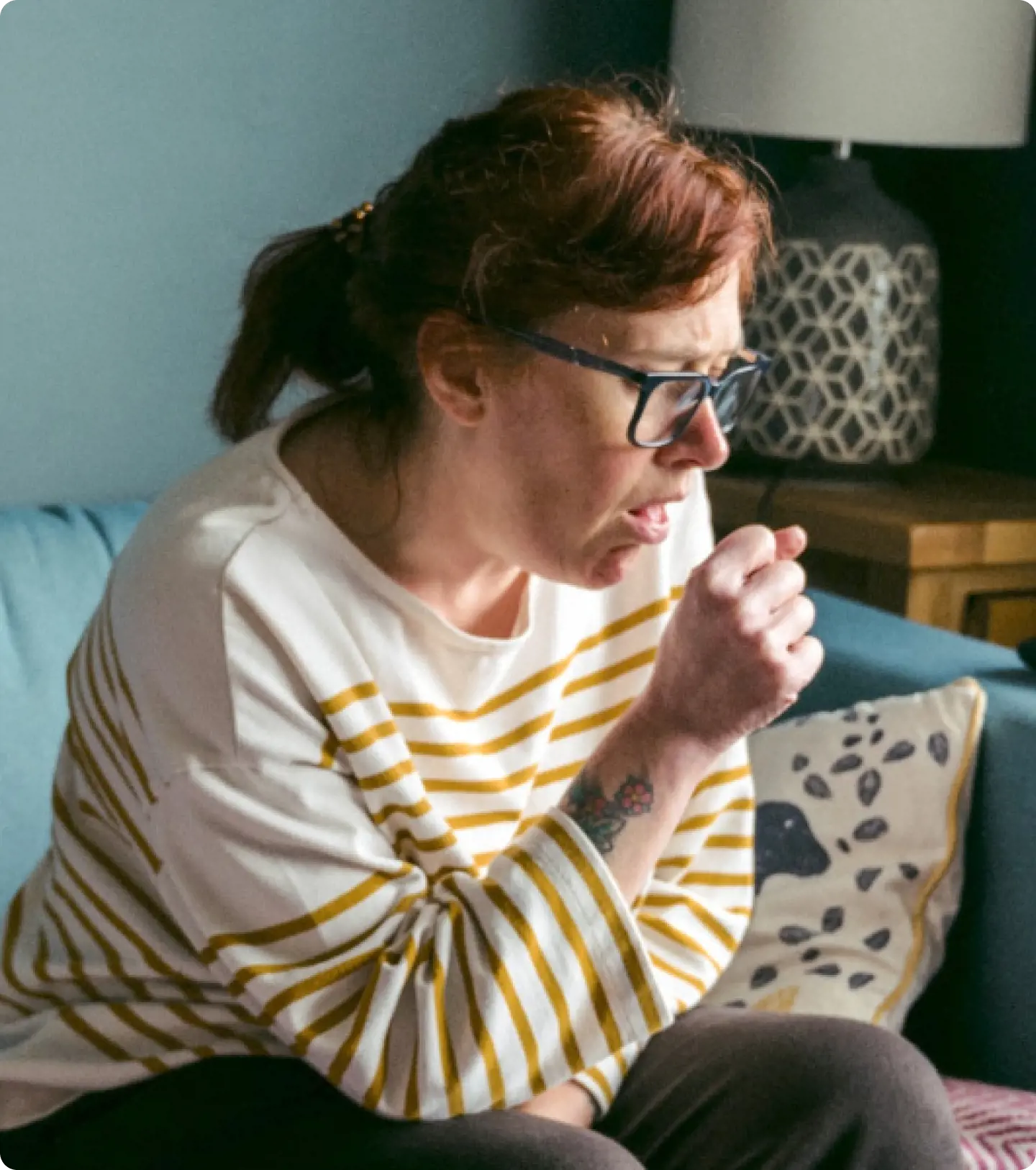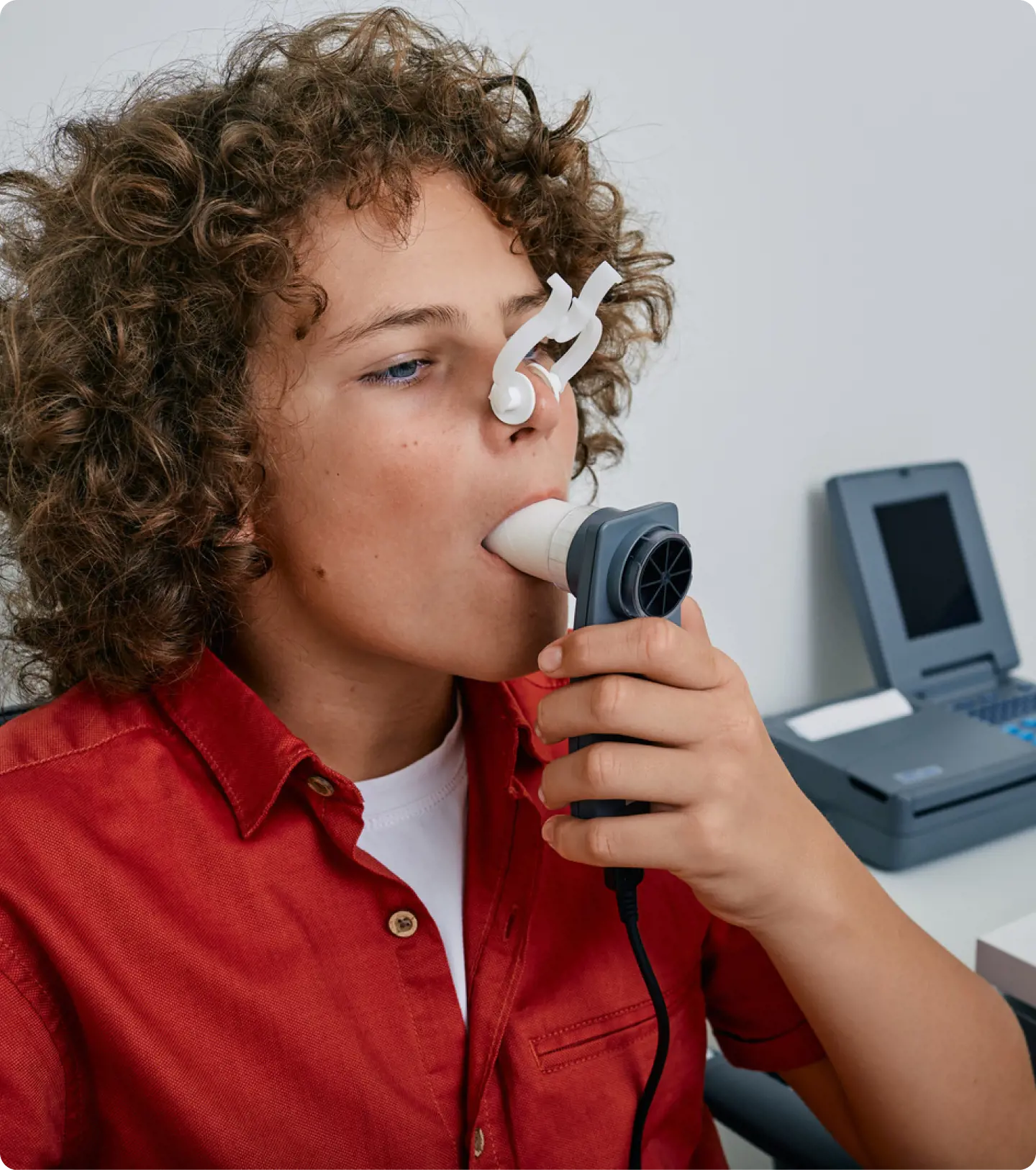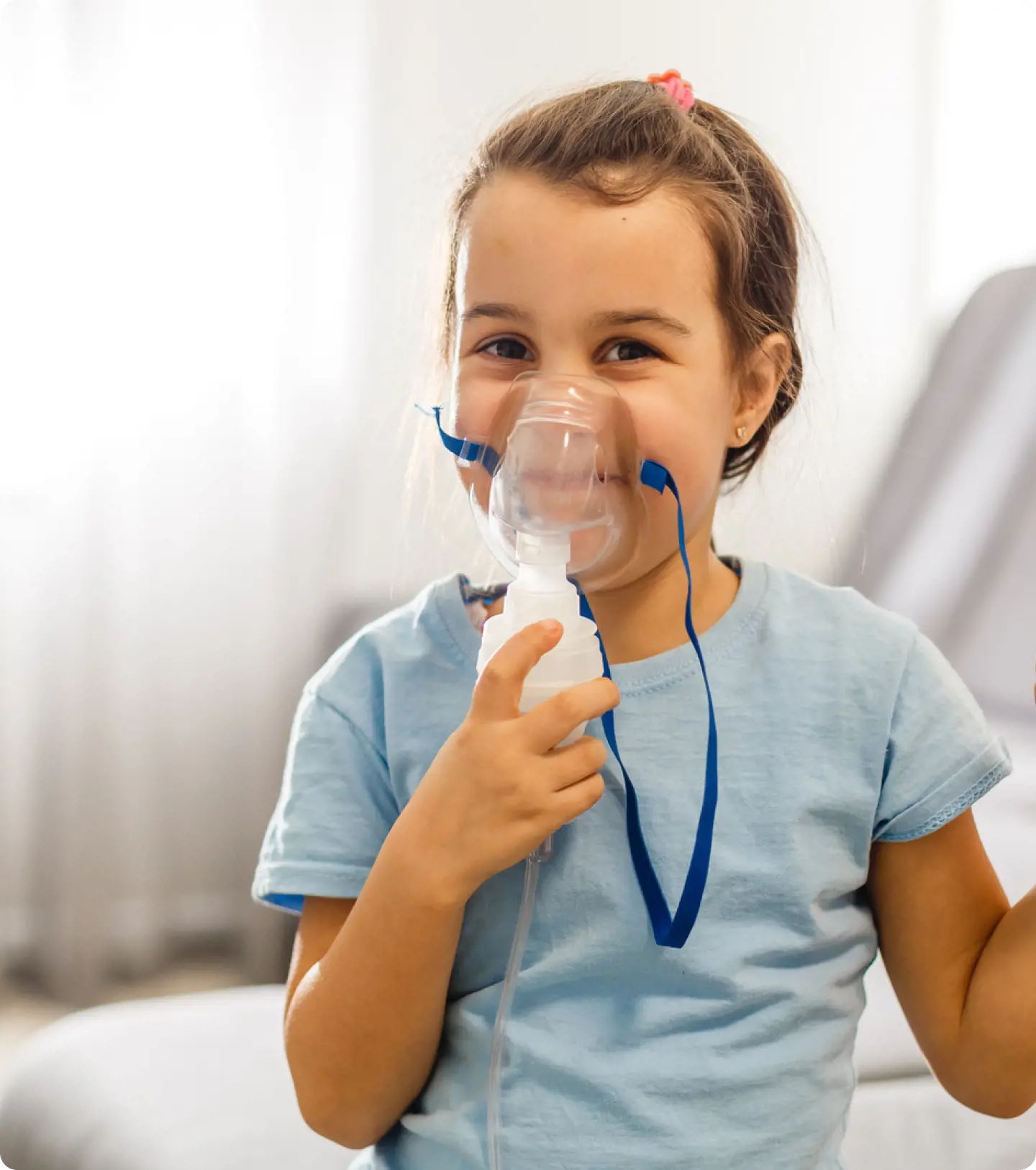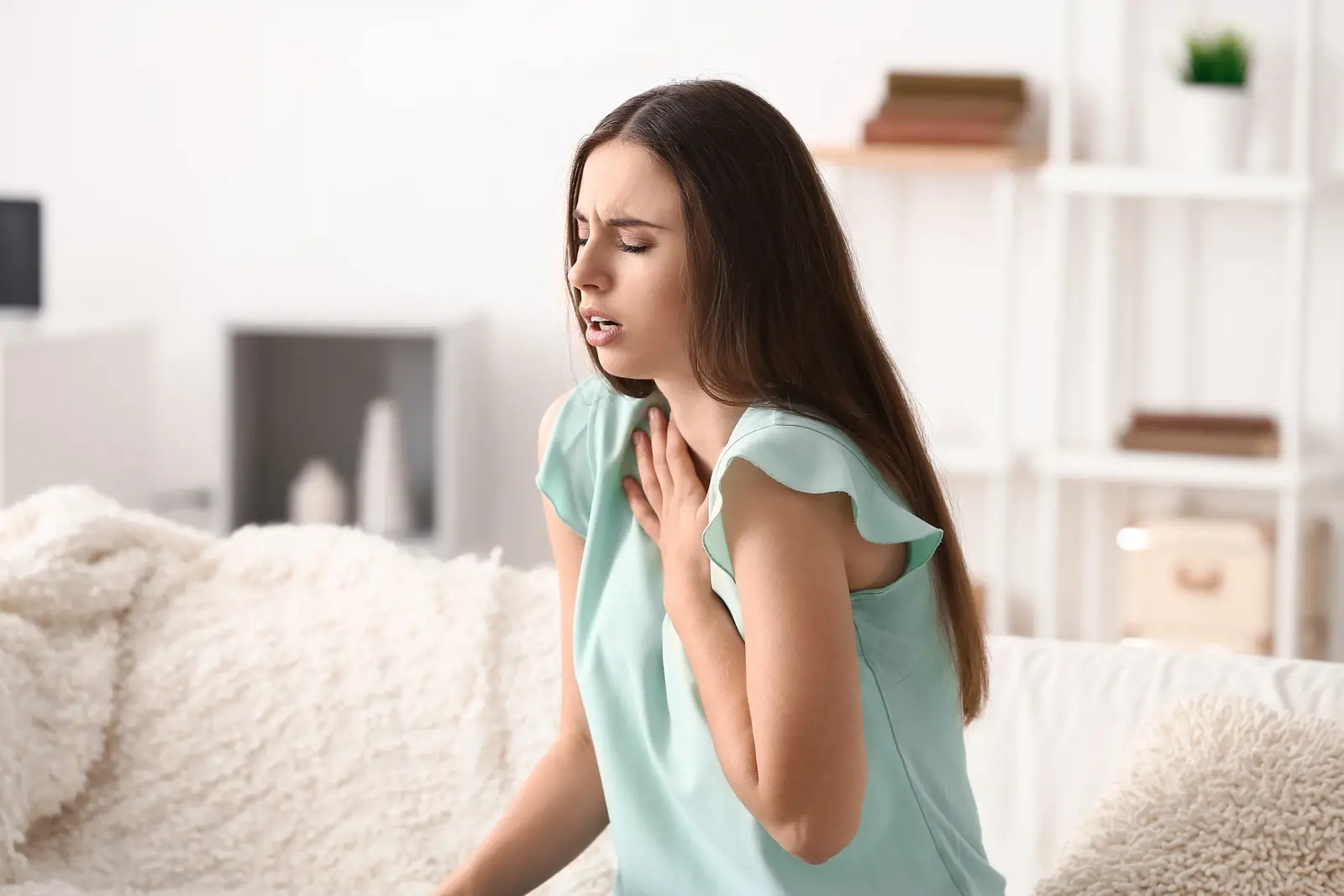Key Takeaways:
-
Regular skin checks are crucial for detecting skin cancer early, leading to simpler and more effective treatments.
-
Australia has the highest skin cancer rates globally, with 2 in 3 Australians diagnosed by age 70
-
Self-checks and professional checks help identify unusual changes, such as new moles, persistent sores, or rapid growths, for early intervention.
-
High-risk groups, including those with fair skin, sunburn history, or frequent sun exposure, should prioritise annual or biannual professional checks.
-
Staying skin-safe between checks involves applying SPF 50+ sunscreen, wearing protective clothing, and avoiding peak UV hours.
Regular skin checks are essential for identifying skin cancer early. Detecting changes in your skin at an early stage can save lives and improve treatment outcomes. Australia holds the highest incidence of skin cancer globally, with 2 out of 3 Australians diagnosed by the age of 70, Early detection can lead to simpler and more effective treatments. Both self-checks and professional skin checks are vital to monitor your skin’s health and prevent serious complications.
Why Are Regular Skin Checks Important?
Skin checks are important in identifying skin cancer early, improving treatment outcomes, and saving lives. Early detection often results in simpler and more effective treatments. Both self-checks and professional skin checks are vital in detecting skin cancer at an early stage.
Rising Skin Cancer Rates in Australia
Australia experiences some of the highest rates of skin cancer worldwide due to intense UV exposure. Melanoma is the third most common invasive cancer in Australia, with an estimated 16,878 diagnoses in 2021. Regular skin checks play a key role in reducing these rates through early detection.
The Role of Early Detection
Early detection is critical for successful treatment. Skin cancers found early often require less invasive procedures. Regular professional skin checks and learning to identify unusual skin changes can make a significant difference. For additional tips, check out this blog: Understanding Early Signs of Skin Cancer.
Raising Skin Health Awareness
Frequent skin checks help you become familiar with what is normal for your skin, making it easier to notice changes like new moles or unusual growths. This awareness promotes prompt action and improved outcomes.
Who Should Get Regular Skin Checks?
Regular skin checks are essential for everyone, regardless of skin type or age. Certain groups face a higher risk and should prioritise checks:
-
Individuals with fair skin, freckles, or a history of sunburn.
-
Those with a family history of skin cancer.
-
People with many or atypical moles.
-
Outdoor workers with prolonged sun exposure.
-
Residents in high-UV areas, like Australia.
High-risk individuals should consider annual professional skin checks to protect their health.
How to Perform a Self-Skin Check
Regular self-skin checks can help detect early signs of skin cancer. This is useful between your regular skin checks with your doctor.
Here is a simple guide:
-
Use a well-lit room with a full-length mirror and a handheld mirror for hard-to-see areas. Have a smartphone or notebook to document any changes.
-
Inspect Your Skin:
-
-
Check your entire body, including your scalp, behind your ears, under your nails, and between your toes.
-
Look for spots or moles that appear unusual.
-
Look for anything new or anything that has changed.
-
Look for spots that looks and feels different from other spots on your skin
-
Look for a sore that doesn’t heal within a few weeks, or a sore that is itchy or bleeds.
-
-
Take photos of moles that stand out to you so you can bring them to your doctors attention.
Common Skin Cancer Types
|
Skin Cancer Type |
Image |
Description |
|
Basal Cell Carcinoma (BCC) |
|
A pearly or waxy bump, often on sun-exposed areas like the face or neck. |
|
Squamous Cell Carcinoma (SCC) |
|
A firm, red nodule or scaly patch that may crust or bleed, typically found on the head, hands, or ears. |
|
Melanoma |
|
A dark, irregular mole or spot that changes in size, shape, or colour over time. |
When to See a Doctor for a Skin Check
Professional skin checks are invaluable for detecting subtle or hidden skin changes that may be missed during self-checks. Doctors use advanced tools and techniques to identify suspicious spots early. Regular skin checks not only provide peace of mind but also enable early intervention, improving treatment outcomes and saving lives.
How Often Should You See a Doctor?
Cancer Council recommends that you regularly monitor your own skin via self-examination and visit a GP as soon as you notice any changes or new suspicious spots. To assist with early detection it is a good idea to have an annual skin check, with people at higher risk sometimes requiring them every 6 months. Always discuss with your doctor when the best time would be for your next skin check.
Signs That Warrant Immediate Attention
Seek a professional consultation if you notice any of the following:
-
New or rapidly growing moles or spots.
-
Changes in the size, shape, or colour of existing moles.
-
Persistent sores that don’t heal.
-
Itching, bleeding, or crusting spots.
Early attention to these signs can prevent serious complications.
What to Expect During a Professional Skin Check
Preparing for Your Appointment
-
Wear loose, comfortable clothing for easy examination.
-
Avoid makeup, nail polish, or fake tan to ensure clear visibility of your skin.
-
Bring a list of any concerns or changes you have noticed.
-
Gather relevant medical history, including past skin issues or family history of skin cancer.
During Your Appointment
A skin check by your doctor typically includes:
-
Full-Body Examination: A doctor examines all parts of the skin, including the scalp, soles of the feet, and may include areas covered by underwear.
-
Use of Dermatoscope: This magnifying tool helps inspect moles and spots in detail.
-
Documentation: Any suspicious spots are documented and maybe photographed for monitoring.
Depending on the number of moles, the check can last 15-30 minutes.
After Your Appointment
Following the skin check, the doctor will:
-
Discuss findings
-
Recommend a biopsy or follow-up visit for monitoring
-
Where appropriate suggest removal of the mole or topical treatments.
Tips for Staying Skin Safe Between Checks
-
Apply SPF 50+ sunscreen every two hours, especially when outdoors.
-
Opt for wide-brimmed hats, sunglasses, and long sleeves.
-
Avoid sun exposure during peak UV hours (10 a.m to 3 p.m).
-
Use UV-blocking films on windows and wear sunscreen while driving.
FAQs About Skin Checks
How frequently should you have a professional skin check?
Depending on your risk level you may need to have a skin check every 6-12 months. It is best to check with your GP about your level of risk.
Where can you go for a Professional skin check?
You can visit general practitioners, dermatologists or specialised skin clinics across Australia.
How long does a skin check usually take?
A full-body check typically takes 15-30 minutes, depending on the number of moles or spots.
What is the cost of a skin check in Australia?
Costs can vary so always best to check with the clinic you are intending to go to.
What should you wear to a skin check appointment?
Wear loose-fitting clothing and avoid makeup or nail polish to allow a thorough examination.
Do you need a referral for a skin check?
Referrals are not required for skin checks with GPs.
References:
-
Cancer Council Australia. Skin cancer incidence and mortality. Cancer Council Australia. https://www.cancer.org.au/about-us/policy-and-advocacy/prevention/uv-radiation/related-resources/skin-cancer-incidence-and-mortality
-
Royal Australian College of General Practitioners (RACGP). Preventive activities in general practice: Skin cancer. RACGP. Published 2021. https://www.racgp.org.au/clinical-resources/clinical-guidelines/key-racgp-guidelines/view-all-racgp-guidelines/preventive-activities-in-general-practice/cancer/skin-cancer
-
Australian Government Department of Health and Aged Care. Sun protection and skin cancer prevention. Australian Government Department of Health and Aged Care. https://www.health.gov.au/health-topics/skin-cancer/sun-protection-and-skin-cancer-prevention
-
Melanoma Institute Australia. Melanoma statistics and facts. Melanoma Institute Australia. https://www.melanoma.org.au
-
The Australasian College of Dermatologists. Skin checks and monitoring. The Australasian College of Dermatologists. https://www.dermcoll.edu.au/public/skin-checks-monitoring/
-
Cancer Institute NSW. How to check your skin. Cancer Institute NSW. https://www.cancer.nsw.gov.au/prevention-and-screening/prevention-programs/preventing-skin-cancer/how-to-check-your-skin
-
National Cancer Institute. (2021). Skin cancer: Risk factors and prevention. Retrieved from https://www.cancer.gov
-
American Academy of Dermatology. (n.d.). Skin self-exam: How to check your skin. Retrieved from https://www.aad.org
-
Skin Cancer Foundation. Skin cancer: Early detection. Skin Cancer Foundation. https://www.skincancer.org

